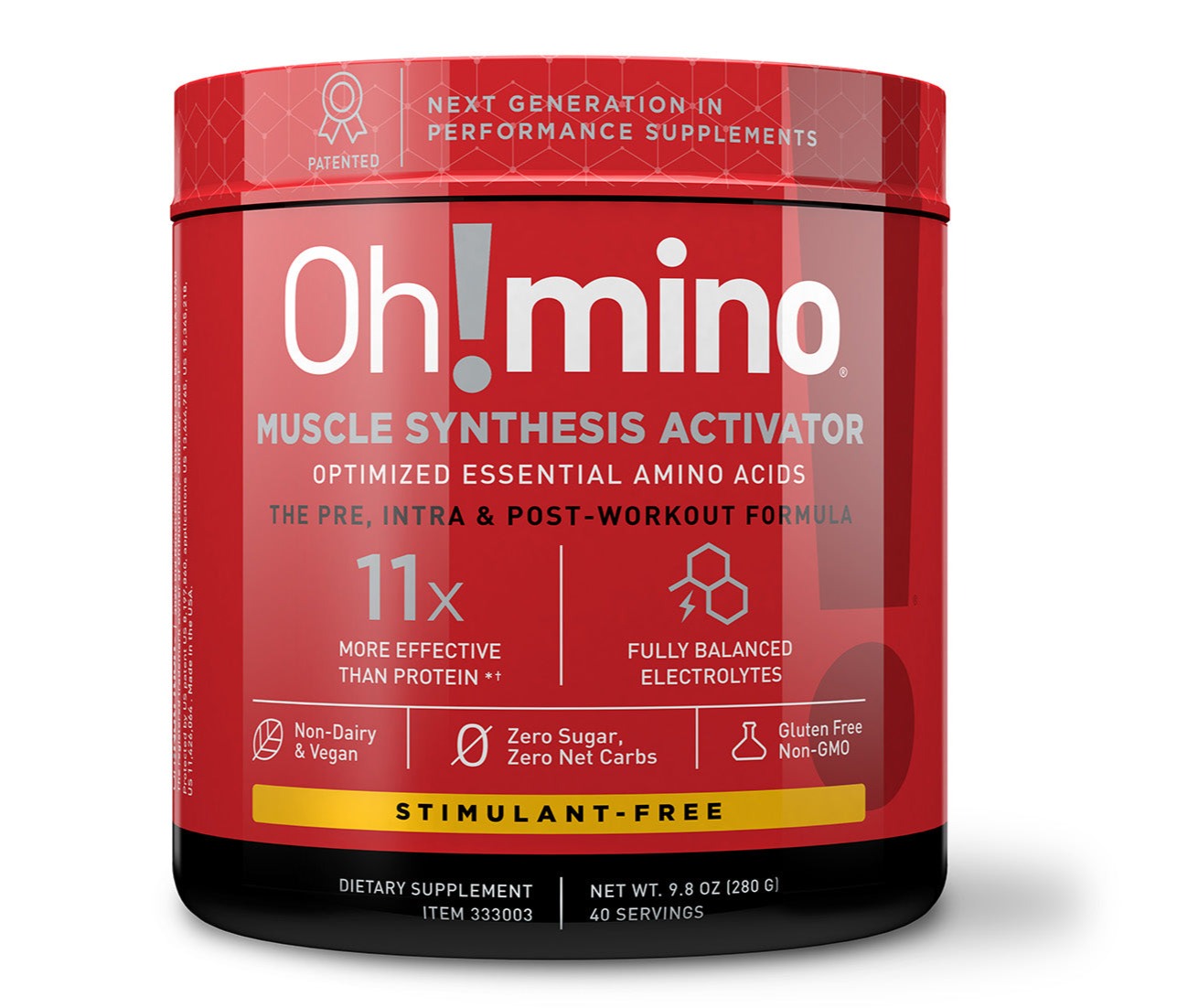If you’re like most people, you love the slightly uncomfortable feeling of soreness in your muscles after a workout.
It seems like a clear sign that you’ve done your best and went really hard until you couldn’t move anymore.

After all, you know the saying – no pain, no gain.
But what if you don’t feel that soreness? Does that mean your workout was for nothing?
Luckily, that’s just a myth.
Your workout doesn’t have to be painful to be effective, in fact, professional athletes and those who regularly work out for years shouldn’t feel almost any pain.
The pain you feel in the days following the workouts is called Delayed Onset Muscle Soreness, or DOMS.
DOMS happens more often to beginners because their muscles aren’t used to heavy loads.
But as you progress and your muscles start to adapt, you shouldn’t be experiencing DOMS anymore.
Experienced lifters only deal with DOMS when their workouts are abnormally hard or significantly different from the normal workout - for example switching from dumbbell bench to decline dumbbell bench.
Or when they try some new movement or extend the range of motion in some of their movements.
However, even if you’re just starting out, DOMS doesn’t have to hit you hard.
There’s a clever way to keep your workouts challenging while also avoiding heavier cases of DOMS.

It’s called progressive overload.
Progressive overload is a workout principle that says you should progressively increase the load in small increments so that your body slowly adapts to it.
For example, when you’re able to do 4 sets (10 reps each) with a certain load (let’s say 200 lbs), you should increase the load for as little as possible, say 205lbs next workout.
That’s how you’ll make sure you don’t stagnate.
But you also won’t feel like you’ve been hit by train after each and every workout.
Your body will adjust to a certain load and when you increase it a little bit, this won’t be a problem.
The other thing that can prevent DOMS is recovery.
No Pain No Gain? Really?
If you’re not recovering properly, you’re going to feel sore after every workout, but the workouts won’t be nearly as effective as they could be.
Why?
Because you won’t be able to lift really hard if you’re tired all the time.
So it’s not just that muscle soreness is NOT a sign of a good workout, it can also be a sign of a BAD workout regime.

A workout regime with not enough time for recovery.
I hope I was able to clear this out and that you won’t be seeking pain for its own sake anymore.
To measure the effectiveness of your workout, it’s better to rely on objective measurements – how much you’re lifting, how many sets, how many reps – and your subjective feeling of strength and energy.
Stay fit my friend,
Michael
Founder & CEO




